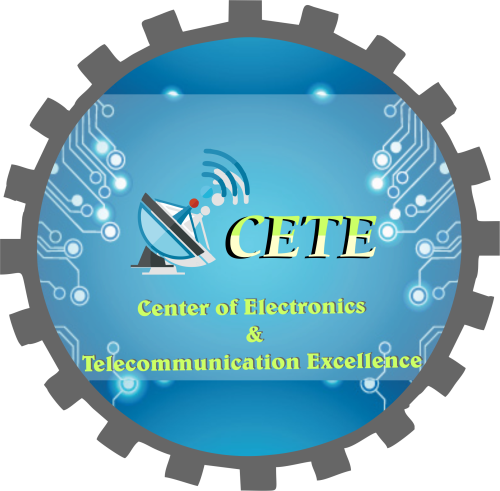Satellite communication and remote sensing are two vital technologies that have been revolutionizing the way we communicate and gather information about our planet. With the rapid advancements in these fields, we are now able to send and receive data from remote locations, monitor the earth’s surface, and even track weather patterns in real-time.
Research in satellite communication and remote sensing has been ongoing for decades and has led to a wide range of technologies and applications. Some of the key areas of research include developing new communication protocols, designing more efficient and reliable satellite systems, and improving remote sensing techniques for data collection and analysis.
One of the major advancements in satellite communication has been the development of low Earth orbit (LEO) satellite constellations. These systems are made up of a large number of small, low-cost satellites that orbit the earth at a lower altitude than traditional geostationary satellites. This allows for faster data transmission and improved coverage in remote areas. Companies like SpaceX and OneWeb are already launching LEO satellite constellations for broadband internet access.
Another area of research in satellite communication is the use of high-frequency bands, such as millimeter-wave and terahertz, for data transmission. These bands can provide much higher data rates than traditional microwave frequencies but are also more susceptible to atmospheric absorption and interference. Researchers are working on ways to overcome these challenges and make these bands more practical for satellite communication.
In the field of remote sensing, one of the most significant advancements has been the use of synthetic aperture radar (SAR) technology. SAR systems use radar signals to create high-resolution images of the earth’s surface, even in poor visibility conditions. This technology has been used for a wide range of applications, such as monitoring natural disasters, detecting changes in land use, and mapping the earth’s topography.
Other areas of research in remote sensing include the development of new sensor technologies, such as hyperspectral and lidar sensors, and the use of machine learning algorithms for data analysis. With the increasing amount of data being collected by remote sensing systems, there is a growing need for efficient and accurate methods of processing and analyzing this data.
In conclusion, satellite communication and remote sensing are two rapidly advancing fields that have a wide range of applications and are playing an increasingly important role in our daily lives. With ongoing research and development, we can expect to see even more advancements in these technologies in the coming years.
Keywords: Satellite Communication, Remote Sensing, Advancements, Technologies, Applications, Research Areas
References:
- R. Steele, “The Advancement of Low Earth Orbit Satellites,” IEEE Aerospace and Electronic Systems Magazine, vol. 34, no. 8, pp. 4-11, 2019.
- J. Wang, “High-Frequency Bands for Satellite Communications: Challenges and Opportunities,” IEEE Communications Surveys and Tutorials, vol. 21, no. 4, pp. 3261-3281, 2019.
- J. Chen, “Recent Advances in Synthetic Aperture Radar Remote Sensing,” IEEE Journal of Selected Topics in Applied Earth Observations and Remote Sensing, vol. 12, no. 10, pp. 3823-3835, 2019.
